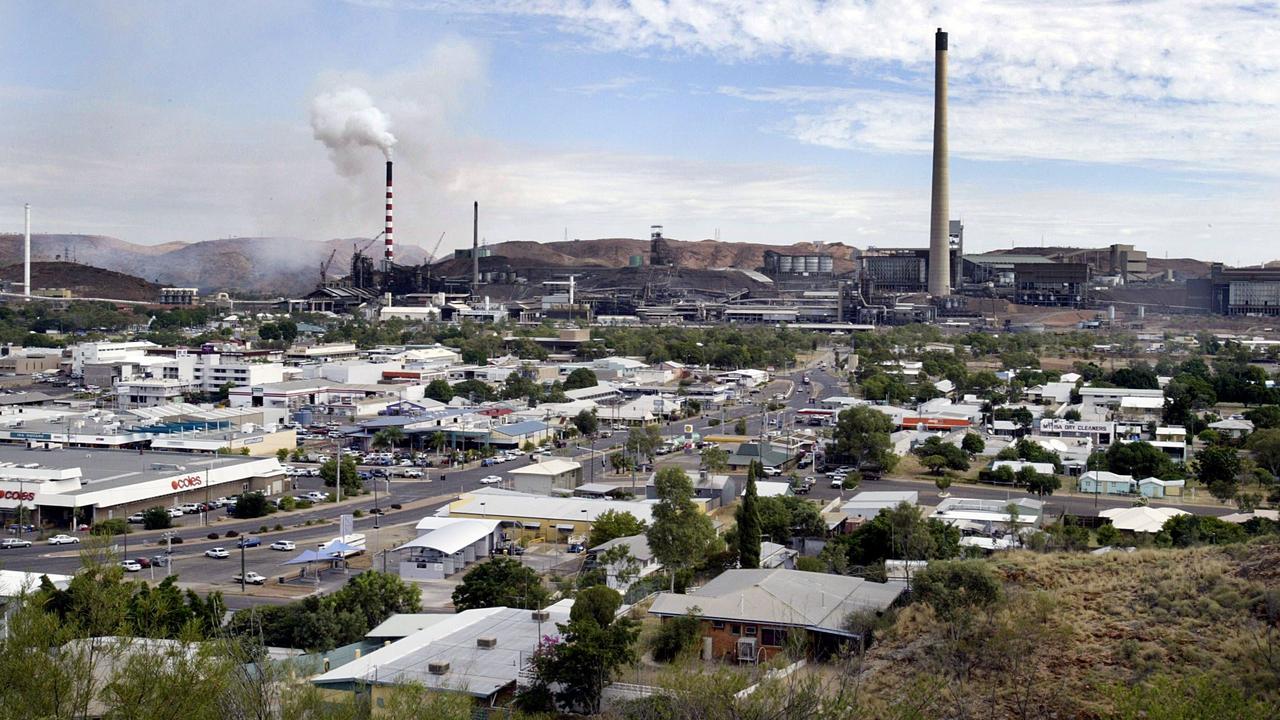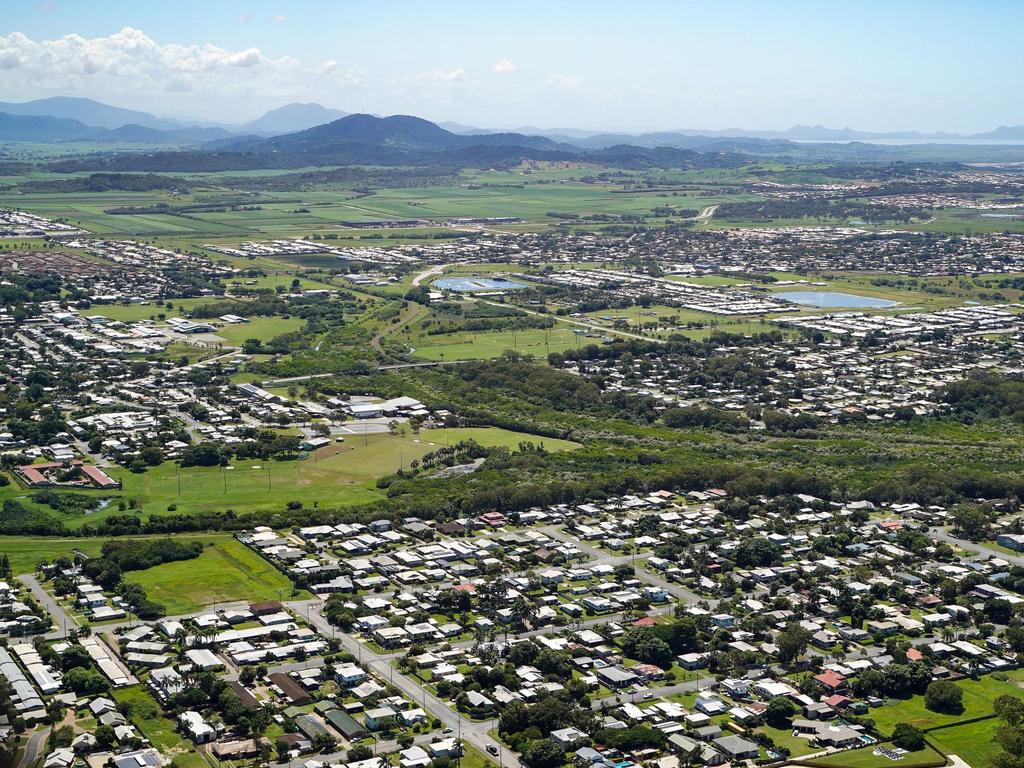Qld communities owe their existence to resources industry
The resources industry, perhaps more than any other, created the modern state of Queensland, writes Michael Madigan.

The resources industry, perhaps more than any other, created the modern state of Queensland.
Coal, copper, tin, nickel, bauxite, lead, gas and, at the more glamorous end of the spectrum, gold and those dazzling sapphires and rubies of the Central Highlands, have all made deep imprints on the economic and cultural history of this state.
Our earliest political leaders were often associated with mining.
This story is part of The Courier-Mail’s special Future Queensland: Resources series that reveals the truth about the contribution the much-maligned resources industry makes to Queensland. You can read all of our coverage on the special topic page here.
From Thomas McIlwraith, three times Queensland premier and one of our first “mining ministers’’ to Arthur Palmer, our fifth premier after whom the Palmer River Goldfields were named, our earliest public figures recognised that it was what lay below the ground that would propel Queensland to prosperity.
At Mount Morgan just south of Rockhampton the global giant British Petroleum was born after solicitor William Know D’Arcy and partners started a gold mine yielding a staggering 225,000kg of gold and, along with the Gympie goldfields, underwrote much of the state’s prosperity in the latter half of the 19th century.
That gold not only created the town of Mount Morgan but allowed D’Arcy to form the Anglo-Persian Oil Company in the Middle East, which evolved into BP.
In the 1980s, much of the grunt work of the national economy was done by the aluminium and coal industries.
Both were established in Queensland by then premier Sir Joh Bjelke-Petersen and the extraordinary Sir Leo Hielscher, the senior public servant and financial genius who ensured each mining venture poured generous royalties into state government coffers.

In the hinterland behind Mackay and Rockhampton, towns sprang out of the brigalow scrub solely because of coalmining.
Some, notably Moranbah, now have their own history and identity, weathering booms and downturns to become part of the fabric of the Queensland community.
In the state’s northwest, the city of Mount Isa was conceived in 1923 when prospector John Campbell found one of the richest zinc-lead seams in the world.
That discovery led to the establishment of one of Australia’s most iconic resource companies, Mount Isa Mines, which not only provided work to thousands during the years of the Great Depression but furnished northwest Queensland with its largest city.
Mount Isa, despite the boom-and-bust cycle of commodity prices, endures, and will continue to thrive in the 21st century, given it sits within the North West Minerals Province, one of the most mineral-dense regions on the globe.
Today the Queensland resources industry is one of the largest employers in the state. In Brisbane one in four jobs is supported by the sector. In regional towns, that representation soars.
These workers represent an industry known globally for its innovation and enterprise.
It’s their hard work which on many mine sites continues around the clock, seven days a week, which provides those economic updrafts which not only keep the Queensland economy aloft, but provide us with so many of the essential services we take for granted.
From the provision of schools to hospitals to ambulance and police services, so much of the good life in the Sunshine State depends on the men and women of the Queensland resource industry.
Read related topics:Future Resources Qld




